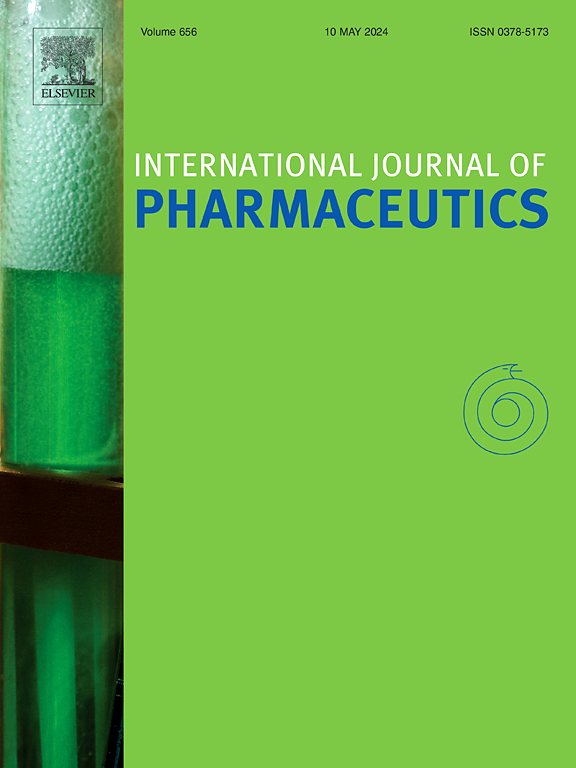Effects of nanoparticle size, shape, and zeta potential on drug delivery
IF 5.3
2区 医学
Q1 PHARMACOLOGY & PHARMACY
引用次数: 0
Abstract
Nanotechnology has brought about a significant revolution in drug delivery, and research in this domain is increasingly focusing on understanding the role of nanoparticle (NP) characteristics in drug delivery efficiency. First and foremost, we center our attention on the size of nanoparticles. Studies have indicated that NP size significantly influences factors such as circulation time, targeting capabilities, and cellular uptake. Secondly, we examine the significance of nanoparticle shape. Various studies suggest that NPs of different shapes affect cellular uptake mechanisms and offer potential advantages in directing drug delivery. For instance, cylindrical or needle-like NPs may facilitate better cellular uptake compared to spherical NPs. Lastly, we address the importance of nanoparticle charge. Zeta potential can impact the targeting and cellular uptake of NPs. Positively charged NPs may be better absorbed by negatively charged cells, whereas negatively charged NPs might perform more effectively in positively charged cells. This review provides essential insights into understanding the role of nanoparticles in drug delivery. The properties of nanoparticles, including size, shape, and charge, should be taken into consideration in the rational design of drug delivery systems, as optimizing these characteristics can contribute to more efficient targeting of drugs to the desired tissues. Thus, research into nanoparticle properties will continue to play a crucial role in the future of drug delivery.
纳米粒子的大小、形状和 zeta 电位对药物输送的影响。
纳米技术为药物输送带来了一场重大革命,而这一领域的研究正日益关注了解纳米粒子(NP)特性在药物输送效率中的作用。首先,我们关注纳米粒子的尺寸。研究表明,纳米粒子的大小对循环时间、靶向能力和细胞摄取等因素有重大影响。其次,我们研究了纳米粒子形状的重要性。各种研究表明,不同形状的纳米粒子会影响细胞摄取机制,并在引导给药方面具有潜在优势。例如,与球形 NP 相比,圆柱形或针状 NP 更有利于细胞吸收。最后,我们讨论了纳米粒子电荷的重要性。Zeta 电位会影响 NPs 的靶向性和细胞吸收。带正电荷的 NP 可能更容易被带负电荷的细胞吸收,而带负电荷的 NP 可能在带正电荷的细胞中更有效。这篇综述为了解纳米颗粒在给药中的作用提供了重要的见解。在合理设计给药系统时,应考虑纳米粒子的特性,包括大小、形状和电荷,因为优化这些特性有助于更有效地将药物靶向到所需组织。因此,对纳米粒子特性的研究将继续在未来的给药领域发挥至关重要的作用。
本文章由计算机程序翻译,如有差异,请以英文原文为准。
求助全文
约1分钟内获得全文
求助全文
来源期刊
CiteScore
10.70
自引率
8.60%
发文量
951
审稿时长
72 days
期刊介绍:
The International Journal of Pharmaceutics is the third most cited journal in the "Pharmacy & Pharmacology" category out of 366 journals, being the true home for pharmaceutical scientists concerned with the physical, chemical and biological properties of devices and delivery systems for drugs, vaccines and biologicals, including their design, manufacture and evaluation. This includes evaluation of the properties of drugs, excipients such as surfactants and polymers and novel materials. The journal has special sections on pharmaceutical nanotechnology and personalized medicines, and publishes research papers, reviews, commentaries and letters to the editor as well as special issues.

 求助内容:
求助内容: 应助结果提醒方式:
应助结果提醒方式:


